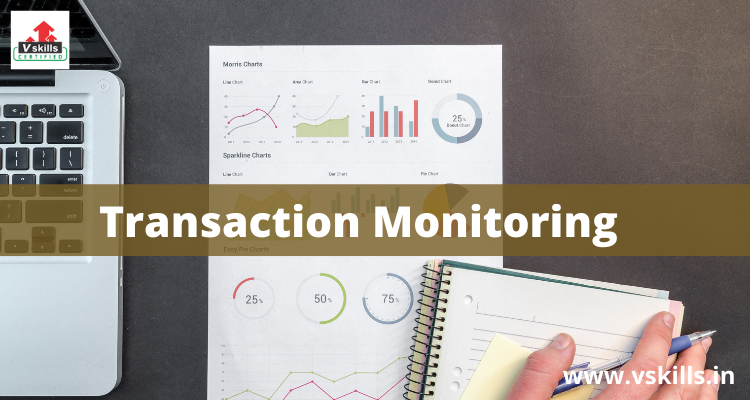
Transaction Monitoring
Transaction Monitoring can be defined as “A formal process for identifying suspicious transactions and a procedure for reporting the same internally”. Monitoring means analysis of a customer’s transactions to detect whether the transactions appear to be suspicious from an AML or CFT perspective.
Ongoing monitoring is an essential element of effective KYC procedures. Banks can effectively control and reduce their risk only if they have an understanding of the normal and reasonable activity of the customer so that they have the means of identifying transactions that fall outside the regular pattern of activity. However, the extent of monitoring will depend on the risk sensitivity of the account.
The approach of Banks for Monitoring of Transactions
- Banks should pay special attention to all complex, unusually large transactions and all unusual patterns which have no apparent economic or visible lawful purpose.
- Banks may prescribe threshold limits for a particular category of accounts and pay particular attention to the transactions which exceed these limits.
- Transactions that involve large amounts of cash inconsistent with the normal and expected activity of the customer should particularly attract the attention of the bank.
- Very high account turnover inconsistent with the size of the balance maintained may indicate that funds are being ‘washed’ through the account.
- Every bank should set key indicators for such accounts, taking note of the background of the customer, such as the country of origin, sources of funds, the type of transactions involved and other risk factors.
- Banks should put in place a system of periodical review of risk categorization of accounts and the need for applying enhanced due diligence measures. Such review of risk categorization of customers should be carried out at a periodicity of not less than once in six months.
This module covers the following topics:


